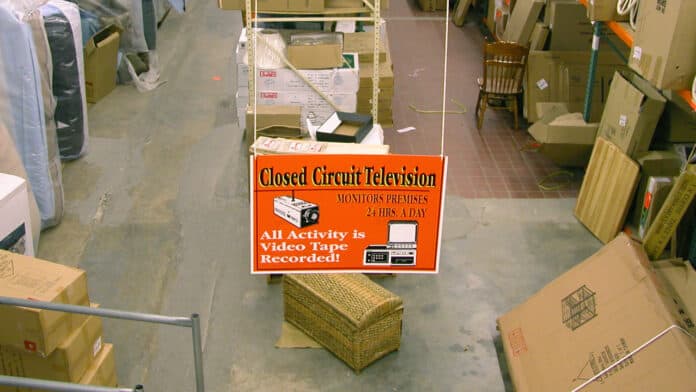From a strategic perspective, lessons for loss prevention teams from the COVID-19 pandemic include the importance of flexibility and knowing your technology, according to a panel of LP leaders in a recent virtual discussion.

“It’s been an interesting transition for us, as we’ve gone from a focus on protecting people to protecting property overnight,” said Traegon Hon, director of global physical security for Starbucks. “Being flexible, being able to pivot, and using data in ways that might be outside of the ordinary use-case is super important. You can accomplish a lot if you stay flexible.”
To meet that goal, LP teams may find value in using their LP technology in ways that they typically do not and from exploiting functions that don’t get much play in times of ordinary store operations—and that requires periodic refreshening of operators’ skills. Hon said, moving forward, he will be more committed to exercising the various capabilities of their security technologies. “We had lost the muscle memory for doing certain things. We want to make sure of all our capabilities and that we can turn them on and off,” he explained.
The point was echoed by Lenny Smith, director of LP and corporate security at Skechers. “We’ll be doing more preplanning to make sure we can get all we can out of our technology systems.” He advised, “There are things you can do that you may not need day-to-day but which you might be able to leverage in different type of unforeseen events. You want to get the most you can out of things you have invested in.”
The LP leaders were participating in a virtual conference session, “Navigating Uncertain Times with Security Technology,” hosted by Genetec, maker of Security Center, a platform for IP video surveillance, access control, and license plate recognition solutions.

Visibility and insight into store locations have been common themes in discussions with clients, according to Rob Borsch, Genetec practice lead for retail and banking, as have features to help stores navigate the post-pandemic store environment. “We have several customers asking about how to automate the tracking of occupancy for stores that are open or going to open, so they can restrict stores to the number of people to the occupancy level they’ve set and to replace a manual process,” said Borsch.

Several security technologies proved their value during the crisis, including remote video surveillance and other tools that provide company executives visibility into physical locations. Visibility has been important for both burglary prevention and to provide a virtual visual escort when employees need to check on shuttered properties. “Remote monitoring—and the value of having that remote view into the stores—can’t be understated,” said Rick Peck, SVP director of loss prevention for TJX Companies.
“Through this [crisis] we’ve used remote monitoring in way we haven’t in a while, so we had to build back up to that,” said Starbucks’ Hon. “Providing that remote touch without someone needing to go into a store has been big.”
As stores were shutting down across the nation and around the world, a strategic adjustment for Skechers was to transition its focus to break-ins and burglaries. “So, for us to be able to see what’s really happening in the stores, through the alarms or unscheduled openings by employees, was a concern,” said Smith. In order to better manage access, the company has relied heavily on text notification functions that it had not previously. “Our fear was employees [who still had keys] coming back in and we didn’t want to disable alarm systems,” he explained. Through text notification, his team has successfully communicated with district managers so there is awareness when someone has needed to legitimately enter buildings, such as a maintenance worker to service equipment or an employee who had left personal medication inside a store. “Knowing when people are going in and communicating that, and using video to look in, has been important for us,” he said.
Bridge technologies that can pull together different systems creatively is also proving to be valuable, as store closures have altered store costs. For example, stores are finding more value from pairing energy management systems and store access control, noted panelists.
Creatively using technology has been important as LP has managed different stages of the COVID-19 crisis. It will also be important moving forward, noted TJX’s Peck, as stores are unlikely to add new tools in the months ahead because of the financial toll exacted by stay-at-home orders. “It’s all about pulling the business units together and focusing on how teams can work together better to shift on the fly and do the best we can for our associates and customers,” he said. “We have all these things installed and now we need to be taking full advantage of them.”


